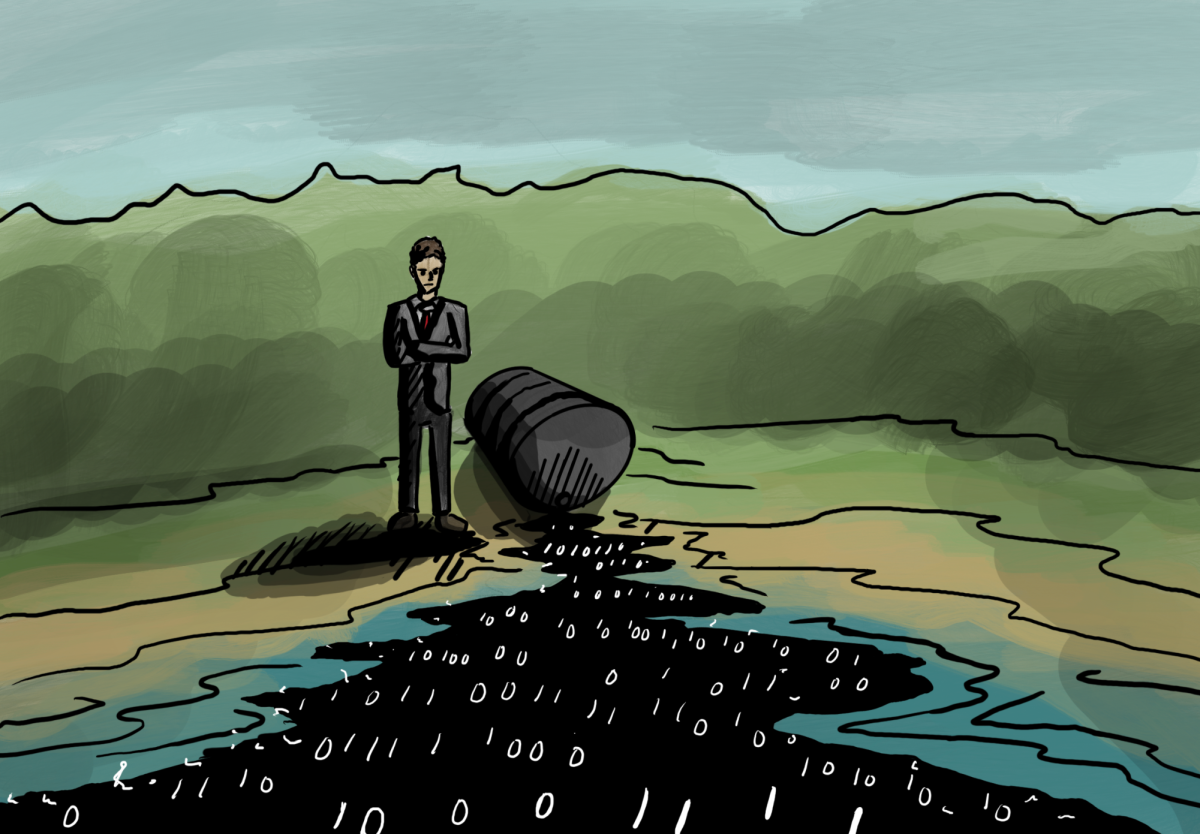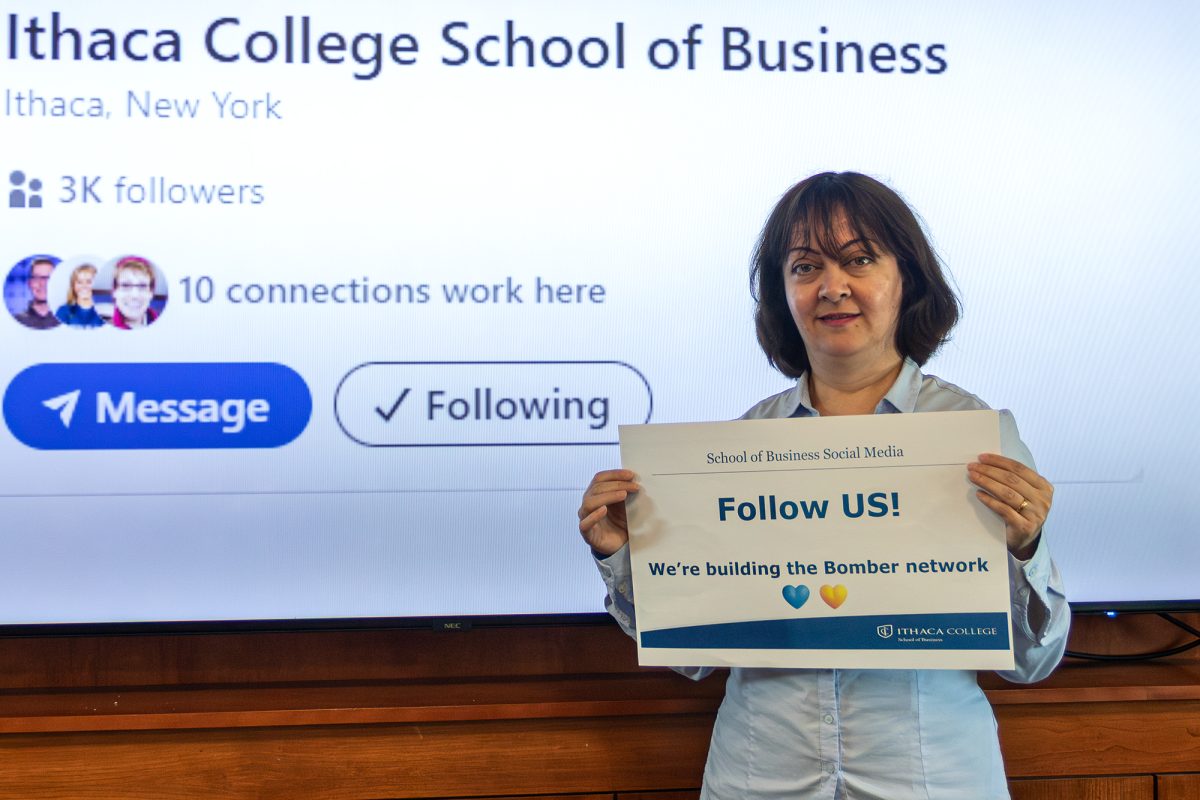The concept of media literacy has been rising in both journalistic circles and common discussions across campus — accusations of being “media illiterate” or assumptions that media literacy is solely an issue for those interested in communications have become a common refrain. But the concept of media literacy is not a new force, and efforts to expand the course offerings throughout the college reflect a growing interest in the field.
Nearly 72% of Americans surveyed by Boston University said that media literacy skills are important in the current climate. In turn, 62% of Americans surveyed by the Reboot Foundation said they did not learn how to analyze media messaging in their primary education. This means that some of those skills are increasingly the responsibility of the collegiate landscape. Many other universities have made media literacy classes a requirement for graduation.
Spaces like Project Look Sharp, the Park Center for Independent Media and the Center for Research on the Effects of Television are working to expand media literacy on campus. But beyond those spaces, it is also the responsibility of college-educated students to take initiative and question their own understanding of the media and technology that suffuses their lives.
Students can also extend that learning by teaching younger students or family members who may not have the same education levels about the ways to recognize disinformation, misinformation and bias in entertainment and news sources. According to a 2019 report by Stanford University, 96% of high school students struggled to accurately judge the credibility of a news source online. Two-thirds of those students could not distinguish between advertised or sponsored content and news articles. As technology continues to advance, the ability of students to employ critical thinking when viewing online content is increasingly important.
In a world that is increasingly reliant on technology like artificial intelligence, the skills that come with media literacy will become valuable skills for potential employees. 18 states now include media literacy courses in K-12 education, and four mandate media literacy coursework. California has instituted new legislation that outlines media literacy curriculum. New York state does not have official policy in regard to the teaching of information literacy.
But media literacy goes beyond its importance in the classroom or workplace. It is a vanguard against current issues like hyper-polarization, social media echo chambers and political division. Critiquing the lack of media literacy in our students is easy — building bridges to a world of informed learners is difficult. It is admirable to create spaces on campus that highlight media literacy, but those initiatives must also become interdisciplinary and accessible.














